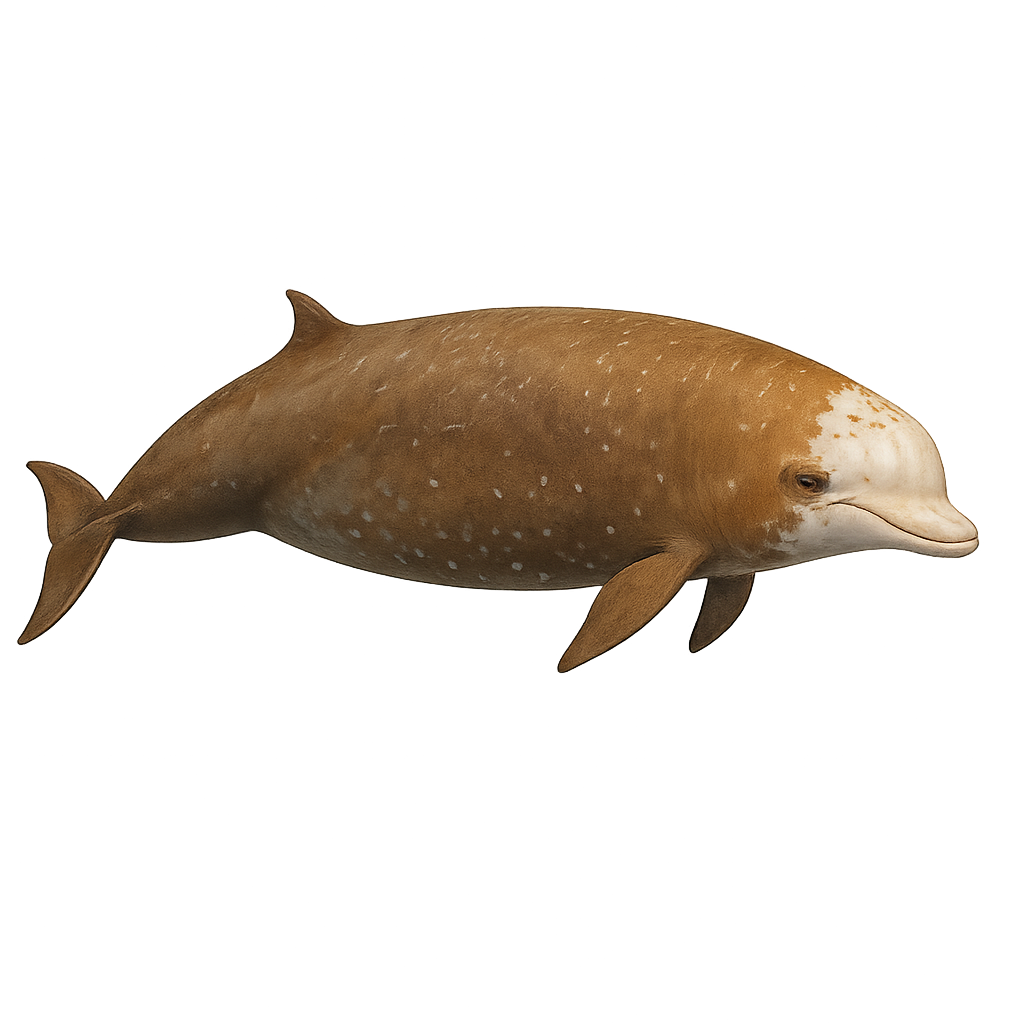Your wildlife photography guide.
Explore the cuvier's beaked whale in detail, study its behavior, prepare your shots.
Where to observe and photograph the cuvier's beaked whale in the wild
Learn where and when to spot the cuvier's beaked whale in the wild, how to identify the species based on distinctive features, and what natural environments it inhabits. The WildlifePhotographer app offers tailored photography tips that reflect the cuvier's beaked whale’s behavior, helping you capture better wildlife images. Explore the full species profile for key information including description, habitat, active periods, and approach techniques.
Cuvier's beaked whale
Scientific name: Ziphius cavirostris

IUCN Status: Vulnerable
Family: ZIPHIIDAE
Group: Mammals
Sensitivity to human approach: Suspicious
Minimum approach distance: 20 m
Rut period: September to October
Gestation: 365-425 jours
Births: October to November
Habitat:
Tropical and temperate oceans
Activity period :
Active intermittently throughout day and night.
Identification and description:
Cuvier's beaked whale, also known as the Cuvier's whale, is a deep-diving cetacean found primarily in tropical and temperate oceans worldwide. It is easily recognized by its elongated head and prominent beak. This cetacean is one of the deepest diving whales, capable of descending more than 2000 meters in search of food. Its diet primarily consists of squid and deep-sea fish. Although it is a difficult animal to observe due to its deep habitat, it is sometimes seen at the surface to breathe. Cuvier's beaked whale is known for its long dives and mysterious behaviors.
Recommended lens:
400 mm – adjust based on distance, desired framing (portrait or habitat), and approach conditions.
Photography tips:
Photograph Cuvier's beaked whale using a telephoto lens, staying at a respectful distance. These whales spend much of their life in the depths, so surface sightings are rare. It is best to capture photos when they surface to breathe, using fast settings to capture the moment. Be discreet and always respect the animal by avoiding disturbance of its natural behaviors.
The WildlifePhotographer App is coming soon!
Be the first to explore the best nature spots, track rutting seasons, log your observations, and observe more wildlife.
Already 1 428 wildlife lovers subscribed worldwide

